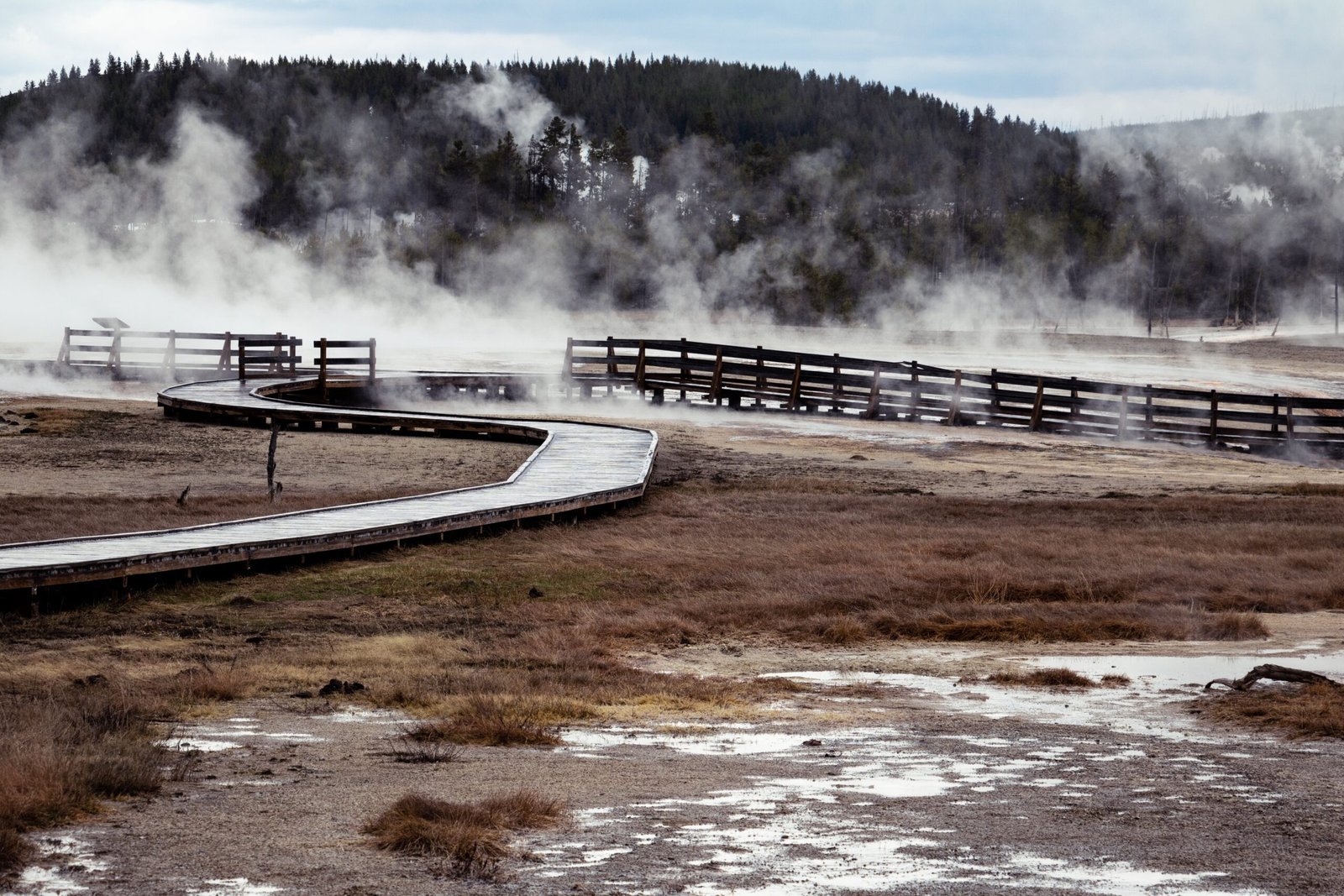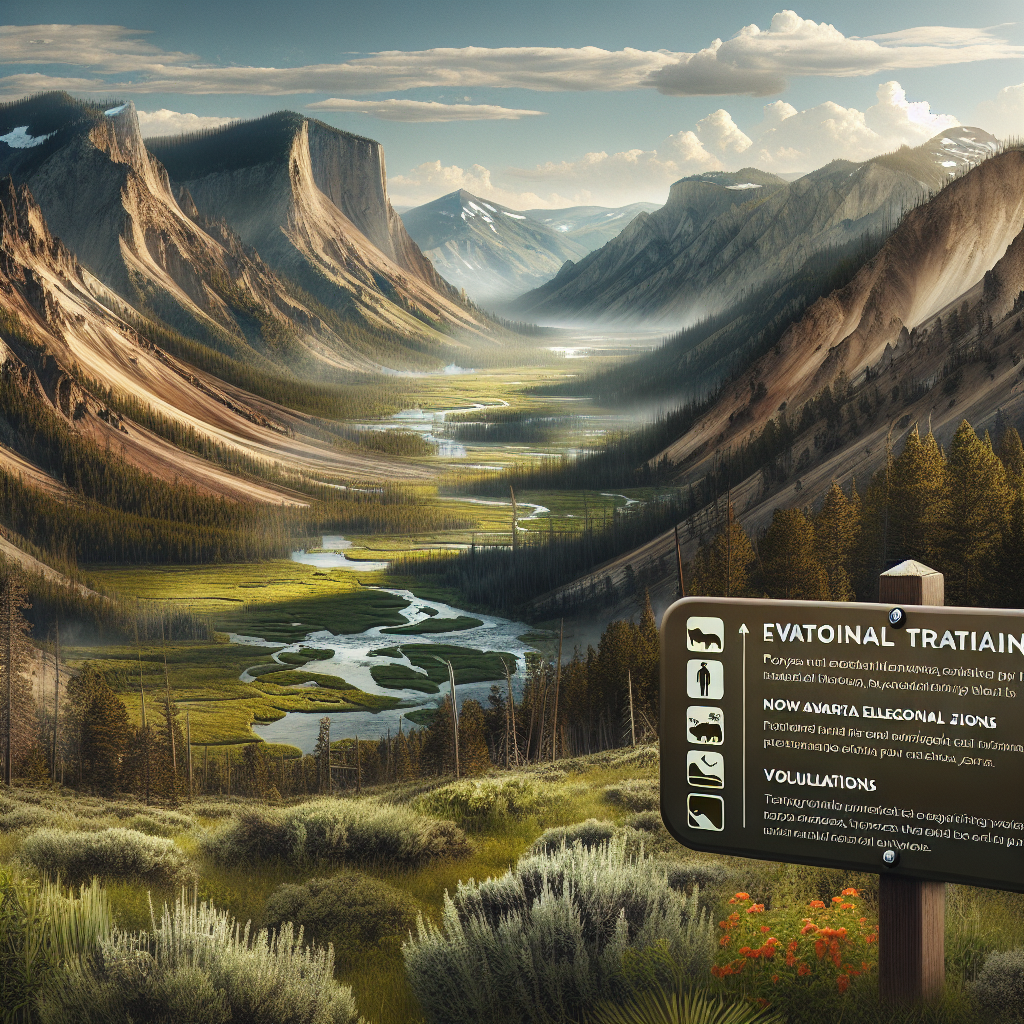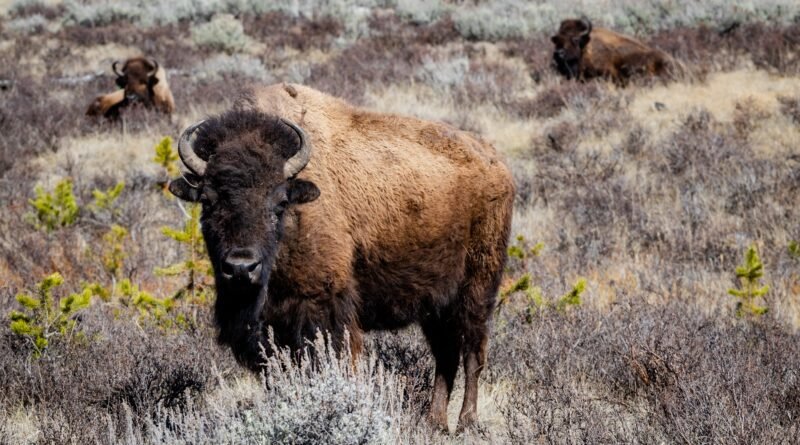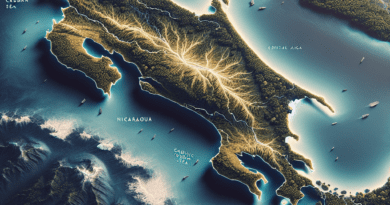Elevation Yellowstone National Park
In the captivating realm of America’s expansive wilderness, the Elevation Yellowstone National Park undoubtedly stands with majestic prominence. Majestic mountains, expansive forests and diverse wildlife set the context for our discussion, as we proceed to explore the myriad nuances of this uniquely elevated national park. Throughout the article, emphasis is placed on the varying elevations throughout the park, their impact on local flora, fauna, and the overall experience they offer for countless visitors every year.

Elevation Range in Yellowstone National Park
Yellowstone National Park, the first national park in the United States, boasts a vast and diverse range of elevations. Yellowstone, which covers an impressive 2.2 million acres, has an elevation range between 5,282 feet (1,610 meters) and 11,358 feet (3,462 meters).
Lowest and Highest Points
Our exploration in Yellowstone National Park starts from the lowest point located in Reese Creek, which stands at an elevation of 5,282 feet. On the other end of the spectrum, the highest point in Yellowstone reaches up to 11,358 feet at the summit of Eagle Peak.
Avg Elevations for Different Regions
The average elevation in Yellowstone varies significantly depending on the region. In the Lower Geyser Basin, the average elevation is about 7,300 feet, whereas in the Yellowstone Lake region, the average is around 7,733 feet. The Yellowstone Plateau, created from volcanic eruptions, has an average elevation of about 8,000 feet.
Influence of Elevation on Yellowstone’s Climate
The immense variation in elevation within the park significantly influences Yellowstone’s diverse climates.
Temperature Variations with Elevation
As we ascend higher in elevation, the temperature tends to decrease. Given the park’s highest point is at an elevation of over 11,000 feet, temperature changes are significant and can have dramatic impacts on weather conditions and ecosystems within the park.
Effect on Precipitation Patterns
Elevation also plays a critical role in precipitation patterns within the park. Higher elevations tend to receive more precipitation. The primary adaptation of plants at these elevations is to become drought tolerant due to the high evapotranspiration.

Elevation and Wildlife in Yellowstone
The creatures we find in Yellowstone National Park have adapted to life across its varying degrees of elevation.
Habitat Variation With Elevation
Different types of wildlife inhabit varying elevations within the park. Lower elevations are home to animals like elk and bison, while higher elevations provide habitats for animals such as the pika and whitebark pine squirrels.
Animal Adaptations to Elevation Changes
Animal adaptability to elevation changes truly contributes to Yellowstone’s rich biodiversity. Some species, such as bighorn sheep and mountain goats, have developed specialized adaptations to live in high-elevation environments, including specialized hooves for steep, rocky terrains.
Geothermal Features and Elevation
Yellowstone’s unique geothermal features are greatly impacted by the park’s elevation.
Distribution of Geysers and Hot Springs
In Yellowstone, geysers and hot springs, like the famous Old Faithful, are primarily found in areas of high geothermal activity, notably the Lower and Upper Geyser Basins, which have a relatively lower elevation compared to other parts of the park.
Impact of Elevation on Geothermal Activity
The park’s elevation plays a significant role in geothermal activity. Lower elevations areas are underlain by rhyolite, which is related to volcanic activities. This contributes to the higher geothermal activity in these regions.

Elevation’s Effect on Vegetation
The vegetation in Yellowstone National Park is diverse and significantly influenced by the park’s elevation.
Tree Line Elevation
In Yellowstone, the tree line — the highest elevation at which trees can grow — is approximately 10,000 feet. Above this line, due to harsh weather conditions and minimal soil, it becomes too challenging for trees to survive.
Plant Species Diversity at Various Altitudes
Yellowstone’s diverse elevations support a robust diversity of plant life. The park is home to more than 1,700 species of native vascular plants, with different species uniquely adapted to survive at different elevations.
Human Activity and Elevation in Yellowstone
Human activities in Yellowstone National Park are heavily influenced by the park’s elevation.
Elevation Considerations for Hiking
The elevation plays a considerable role in planning hiking trips in Yellowstone. Lower elevations tend to be warmer with less snow, making them more accessible for outdoor activities.
Effects of Elevation on Human Health
Higher elevations can present health challenges due to the reduced oxygen levels. Visitors with health conditions like heart problems or asthma should exercise caution and ideally acclimatize at lower elevations before adventuring higher.

History of Elevation Studies in Yellowstone
Elevation studies in Yellowstone have evolved and played a crucial role in understanding the park’s geology and biology.
First Surveys and Their Findings
The late 19th century marked the first significant surveys of Yellowstone’s elevation. Early explorers charted the expansive mountain ranges, documenting the altitude and its influence on the flora, fauna, and geology of the park.
Recent Advances in Elevation Mapping
Modern times have seen great strides in elevation mapping in Yellowstone. High-resolution topographic data collected via laser scanning (LiDAR) technology have vastly improved our understanding of the park’s elevation characteristics.
Impact of Climate Change on Elevation
Climate change has significant implications for Yellowstone’s unique range of elevations.
Shifts in Habitat Elevations
As temperatures rise due to climate change, habitats are expected to move higher in elevation. If this shift outpaces the speed at which species can adapt or move, it could have profound consequences for Yellowstone’s ecosystems.
Future Predictions for Yellowstone’s Elevation Features
Predicting exactly how climate change will impact Yellowstone’s elevation features is challenging, but models suggest rising temperatures could potentially result in receding glaciers and snowfields, affecting the park’s hydrology and ecosystems.

Elevation and Geology of Yellowstone
Yellowstone’s elevation has played a significant role in characterizing the park’s geology.
Formation of Yellowstone’s Elevated Landscape
The formation of Yellowstone’s elevated landscape is a result of volcanic activity. Massive volcanic eruptions resulted in a broad volcanic plateau that underwent glaciation and erosion, forming the high Yellowstone Plateau.
Erosion Effects at Different Elevations
Erosion in Yellowstone varies with elevation. At higher elevations, freeze-thaw cycles cause most erosion, while lower elevations primarily experience erosion from wind and water.
Adaptation Strategies to Elevation Changes
Both wildlife and park management have strategies to adapt to changes in Yellowstone’s elevation.
Wildlife Adaptation Strategies
Wildlife in Yellowstone have always adapted to changes in elevation over time. Migratory practices like those seen in pronghorn and bison can change as they seek out more favorable conditions at different elevations throughout the year.
Park Management and Adaptation Planning
Park management has a significant role in planning for adaptation to elevation changes. This involves monitoring trends in climate, geology, and biology, and adjusting practices to prepare for elevation changes. From habitat preservation to trail maintenance, the park’s elevation remains an important constraint in decision making, further highlighting its critical role in shaping Yellowstone National Park.




